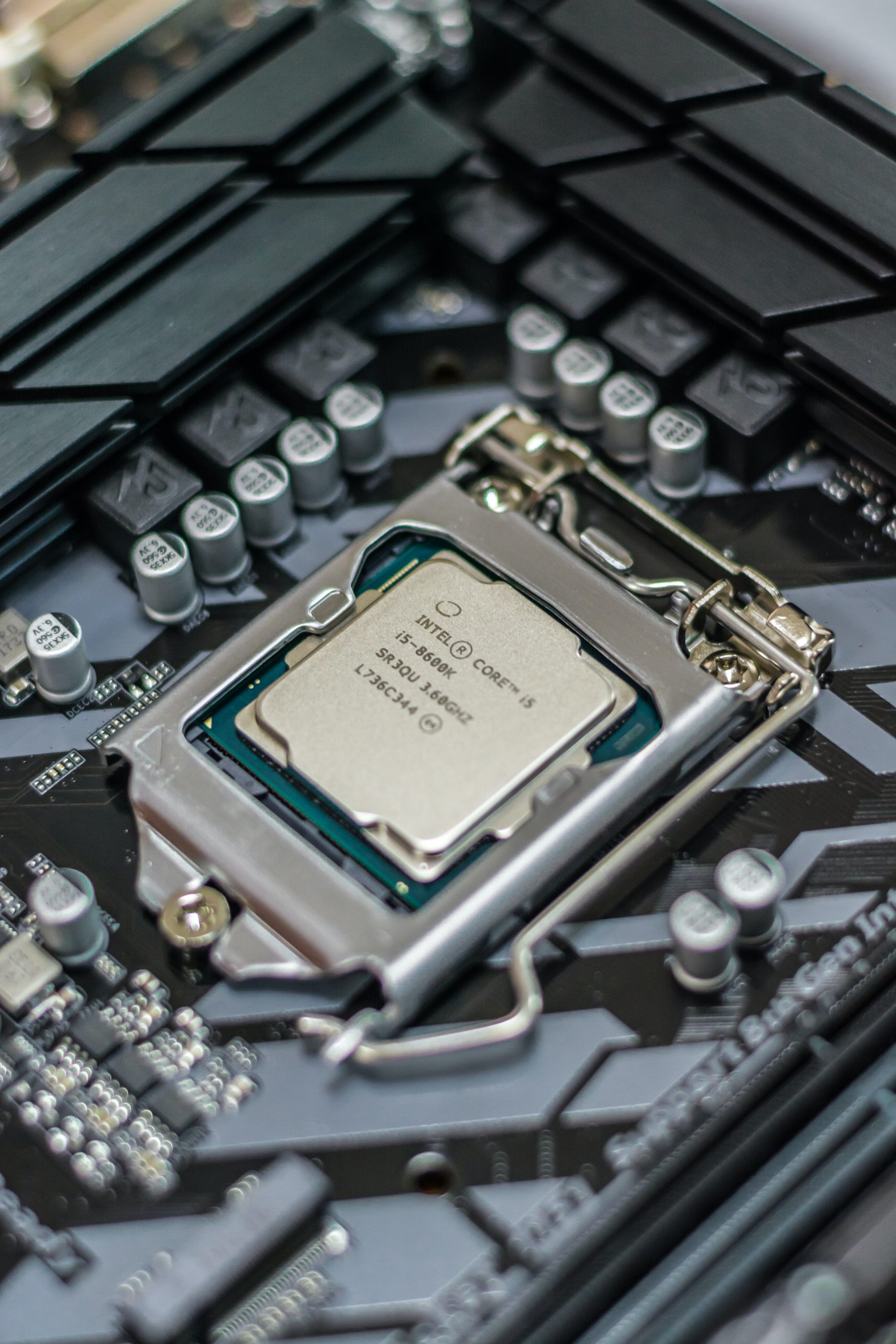- 10 April 2023
- 156
Alder Lake Architecture: The Key to Intel’s Future

Intel has been the dominant player in the computer processor market for decades, but the company has faced increased competition in recent years from rivals such as AMD. To remain competitive, Intel has been working on a new processor architecture called Alder Lake, which is set to be released later this year. But what is Alder Lake, and why is it so important for Intel’s future?
Background on Intel’s Processor Architecture
Intel’s processor architecture has been the foundation of the company’s success in the computer processor market. The company’s processors have been used in a wide range of devices, including desktop computers, laptops, and servers. Intel’s processor architecture has also been the basis for the x86 instruction set, which is used in many computer programs.
The Importance of Alder Lake
Alder Lake is the codename for Intel’s next-generation processor architecture, which is set to be released later this year. The architecture is designed to be more power-efficient than previous generations, while also offering increased performance. Alder Lake will be the first processor architecture to use Intel’s hybrid technology, which combines high-performance cores with power-efficient cores.
The hybrid technology used in Alder Lake is similar to the big.LITTLE architecture used in ARM-based processors. This allows the processor to switch between high-performance cores and power-efficient cores depending on the workload, which can improve battery life in laptops and mobile devices.
Another key feature of Alder Lake is its support for DDR5 memory, which offers faster speeds and higher capacities than previous generations of memory. This will allow for faster data transfer rates and improved system performance.
Why Alder Lake is Key to Intel’s Future
Alder Lake is a key part of Intel’s strategy to remain competitive in the processor market. The hybrid technology used in Alder Lake allows Intel to offer both high-performance and power-efficient processors, which can be used in a wide range of devices. This is especially important in the mobile market, where battery life is a critical factor.
Alder Lake’s support for DDR5 memory also puts Intel in a strong position in the server market, where faster data transfer rates and higher capacities are critical for high-performance computing.
Conclusion
Intel’s Alder Lake architecture is set to be a game-changer in the computer processor market. The hybrid technology used in Alder Lake allows for both high-performance and power-efficient processing, while the support for DDR5 memory offers faster speeds and higher capacities. These features make Alder Lake a key part of Intel’s strategy to remain competitive in the processor market and ensure its future success.

